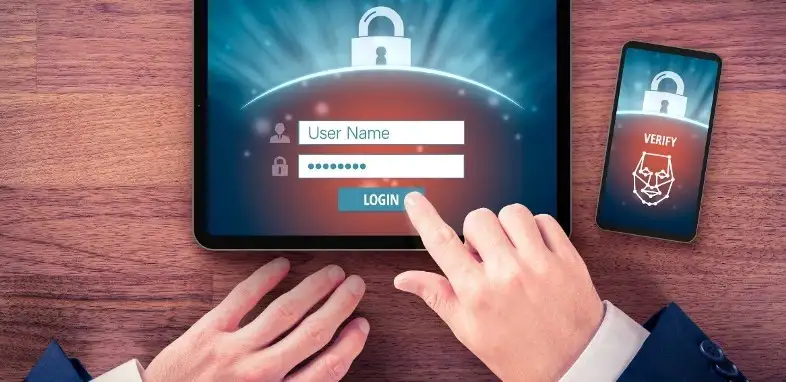As the internet becomes increasingly central to our daily lives, protecting your online privacy is more important than ever. With hackers and cybercriminals constantly seeking to exploit vulnerabilities in systems and steal personal information, it’s essential to take steps to safeguard your privacy. Here are the most common mistakes that can put your internet safety and privacy at risk.
One of the most effective ways to protect your online accounts is by using strong, unique passwords. This means avoiding using the same password for multiple accounts and using a combination of letters, numbers, and special characters. It’s also a good idea to use a password manager to store your passwords and generate new ones for you.
Another good practice is to change your password every so often, as long as you can remember your passwords & don’t get locked out of your accounts.
Two-factor authentication (2FA) adds an extra layer of security to your accounts by requiring you to enter a code sent to your phone or email in addition to your password. This makes it much harder for hackers to gain access to your accounts, even if they have your password.
Another option would be to use two-factor authentication apps.
3. Not using a browser that protects your privacy

When it comes to privacy protection, the right browser can be your best friend. Here are several important privacy protection features to look for in a web browser:
- Cookie blocking — Certain browsers allow you to block third-party cookies, and storage of search history which are often used for tracking purposes.
- Encrypted connection — Look for a browser that warns you if you navigate to an insecure site that does not use HTTPS encryption to secure your communication.
- Ad blocking — Some browsers have built-in ad blockers that can help protect your privacy by blocking tracking ads.
- Anti-Tracking Functionality — Chromium-based browsers allow you to use anti-tracking extensions like Ghostery, which enables users to detect and control JavaScript “tags” and “trackers” that collect a user’s browsing data without your permission.
It’s worth noting that no single browser is perfect when it comes to privacy, but Wave covers a lot of the browser features you need for internet security. Depending on which browser you use, you may need a combination of these features to best protect your online activity.
Hackers often use phishing scams to trick people into clicking malicious links. These links can lead to sites that steal your personal information or install malware on your computer. To protect yourself, be wary of links in emails or messages, especially if they come from unfamiliar sources.
5. Not using a virtual private network (VPN):
A VPN creates an encrypted connection to the internet, which can help protect your online activity from being monitored or tracked. This is especially useful when using public Wi-Fi networks, as they can be vulnerable to hacking.
Check out top-rated VPN’s here.
6. Not adjusting default privacy settings
Most web browsers and social media platforms have lenient privacy settings by default, but the good news is you aren’t stuck with these. You get a say over who can see your information and activity. Be sure to adjust these settings to your liking and regularly check them to ensure your privacy is protected.
Hackers and scammers are always looking for opportunities to steal your private information. That’s why it’s so important to be careful about the personal information you share online, especially on social media. This includes your address, phone number, and date of birth, as well as more sensitive information like financial details or passport numbers.
8. Not using antivirus software:
This is a crucial component of your digital safety. Antivirus software can help protect your computer from malware and other threats. However you get your anti-virus software, make sure to keep it up to date and run regular scans to detect and remove any potential threats.
Check out top-rated anti-virus software here.
Cookies are small pieces of data that websites store on your computer to remember your preferences and track your activity. While they can be useful, they can also be used to track your online activity. To protect your privacy, enable cookies only from trusted sites.
Browse The Internet Safely
By following these tips, you can help protect your privacy when using the internet. While it’s not possible to completely eliminate the risk of your personal information being compromised, taking these precautions can significantly reduce the chances of it happening.





